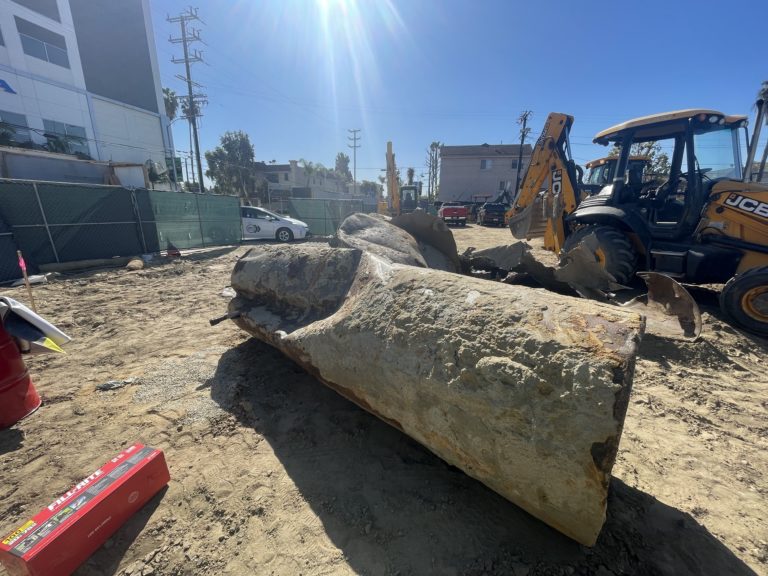Metamorphic Rock Definition
In the field of geology, the term “Metamorphic Rock” refers to a rock classification that is the result of the alteration of prior existing sedimentary rocks or igneous rocks. The alteration process is “metamorphosis, and can take place by various methods and environments. The metamorphosis process produces specific metamorphic rocks, on the basis of applied temperature and pressure as well as the geochemistry and chemical content of the original rock.


